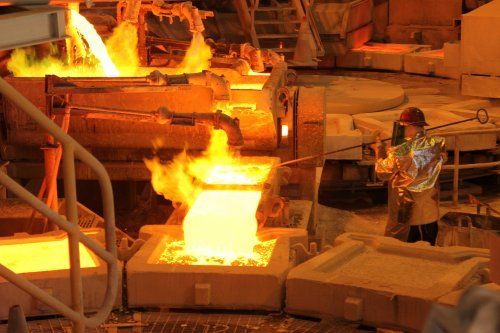Wood Mackenzie estimates that by 2040, world demand for copper will be 50% higher than in 2020.
To begin with, the electrical properties of copper and its affordability in relation to other metals with similar properties (silver and gold) make it indispensable.
Additionally, according to Rigel Resource Acquisition Corp., a blank checking company, copper is used in wind turbines, electric vehicles and their charging stations, solar panels, and batteries, as well as in more conventional consumer and industrial applications such as wiring. electrical and plumbing systems in residential and non-residential construction and home appliances, electronics and other industrial applications.
Generally, a blank check company is speculative and is a development-stage company that does not have an established business plan or its business plan is based on a merger or acquisition with another company or companies.
As another reference, Goldman Sachs Commodities Research estimates that annual copper consumption for green end uses will increase from 998 kT in 2020 to 5,400 kT in 2030, which is equivalent to a compound annual growth rate of 18 percent.
As a result of this growth, Wood Mackenzie estimates that demand for copper will exceed supply by more than 6,200 kT by 2030, which is equivalent to approximately 25% of current copper supply capacity worldwide.
This projected shortfall in supply exceeds the total amount of copper produced in 2020 in Chile, the world’s largest source of copper.
World demand for copper
According to Harris Associates Investment Trust, demand for copper is currently quite strong and, in their assessment, will remain strong due to:
1) Extensive investment in infrastructure in China and elsewhere.
2) The continuing global industrial recovery.
3) Its use in environmentally friendly initiatives, such as investment in networks, renewables and electrification of mobility.
While the price of copper is volatile and is mainly affected by the global supply and demand for copper, the demand for this metal is significantly influenced by the level of global industrial economic activity.
In recent years, demand has been supported by strong consumption from newly industrializing countries, which continue in a period of copper-intensive economic growth as they develop their infrastructure (such as China).
Apart from the United States, Canada and Australia, most of the supply of copper concentrate (the raw material) comes from outside the Organization for Economic Cooperation and Development countries.
![]()

